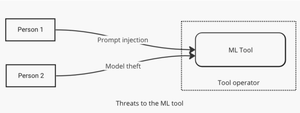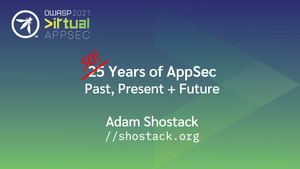
Why do we call them trust boundaries?
Why do we call them trust boundaries, anyway?

Why do we call them trust boundaries, anyway?

What do we need to assess if memory safe langages are 'sufficient'?

Other people have written about the CSRB report, and I wanted to share their perspectives.

The CSRB has released its report into an intrusion at Microsoft, and...it’s a doozy.

Exciting news from the SEC, lots of AI, and lots of threat modeling.

We can learn a lot from comparing retrospectives

My latest at Dark Reading draws attention to how Microsoft can fix ransomware tomorrow.

This month is all about memory safety, unless you’re a standards group.

ChatGPT in the headlines again

External changes will be driving appsec in 2023. It’s time to frame the decisions in front of you.

Adam is delivering the opening keynote for OWASP Global Appsec 2021 with a 25 year restrospective on the history of appsec and a look into its future.

What happened when Microsoft tried to buy climate abatements
The timing of updates is not coincidental.
Microsoft AutoUpdate for Mac has gotten exceptionally aggressive about running. Even if you use launchctl to disable it, you get a pop up roughly every 15 minutes of using an Office program.
[no description provided]
[no description provided]